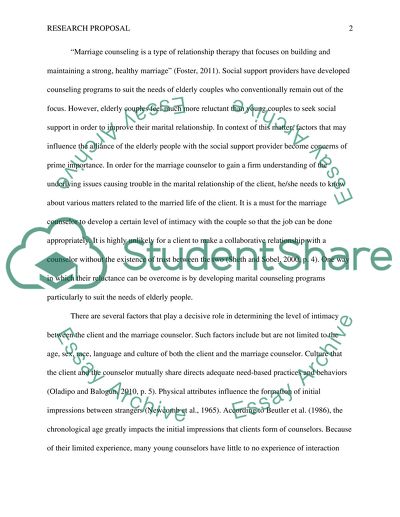Cite this document
(An Indicator of Detrimental Family Interactions Literature review, n.d.)
An Indicator of Detrimental Family Interactions Literature review. Retrieved from https://studentshare.org/family-consumer-science/1406323-rewrite-and-clarification-of-problem-statement-and
An Indicator of Detrimental Family Interactions Literature review. Retrieved from https://studentshare.org/family-consumer-science/1406323-rewrite-and-clarification-of-problem-statement-and
(An Indicator of Detrimental Family Interactions Literature Review)
An Indicator of Detrimental Family Interactions Literature Review. https://studentshare.org/family-consumer-science/1406323-rewrite-and-clarification-of-problem-statement-and.
An Indicator of Detrimental Family Interactions Literature Review. https://studentshare.org/family-consumer-science/1406323-rewrite-and-clarification-of-problem-statement-and.
“An Indicator of Detrimental Family Interactions Literature Review”, n.d. https://studentshare.org/family-consumer-science/1406323-rewrite-and-clarification-of-problem-statement-and.


